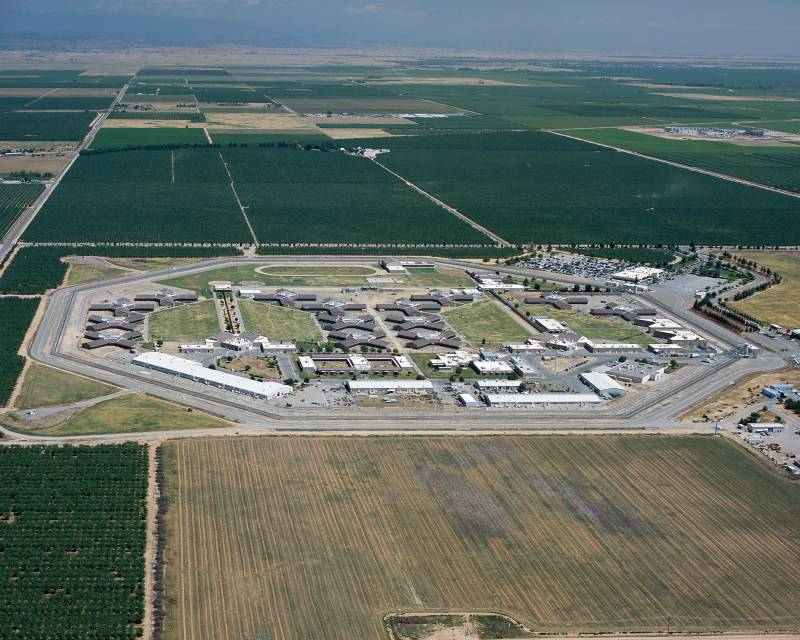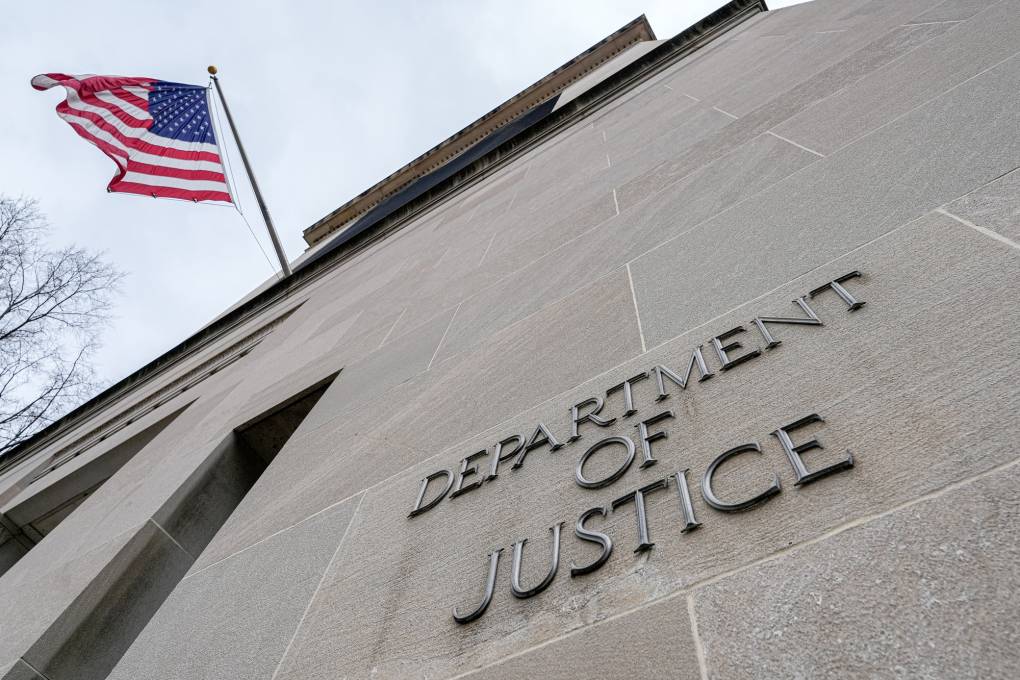The Central California Women’s Facility is the largest female institution in the state. It houses over 2,000 incarcerated people at all security levels, according to a report by the California Office of the Inspector General.
‘People were screaming for help’
On Aug. 2, correctional officers informed the women in one of the units that they were going to conduct a contraband search of the entire building, according to half a dozen formerly and currently incarcerated women who spoke to KQED.
Antoinette Yancey said she is a member of the Inmate Advisory Council, which communicates with prison staff about prisoners’ needs. She said everyone who was there that day complied with the order from officers to file into the cafeteria, also known as the chow hall.
Yancey said that after nearly four hours inside the cafeteria, the women had missed their state-issued lunch and others had not been given their medication. She said she asked to speak to Sergeant Fernando Arroyo, the officer she believed to be in charge that day. Meanwhile, another woman was seen having a seizure, according to Yancey and other witnesses. Yancey told KQED that a guard called a “medical code.” Moments later, she said, 30 to 40 officers entered the cafeteria, including Sgt. Arroyo.
“When I saw Sergeant Arroyo, I assumed that he was coming in to talk to us about lunches, food, water and things like that,” she said. Yancey said Arroyo did not address the women.
The officers then formed a skirmish line around them, according to three of the women. Yancey said she saw Sergeant Arroyo tap officers on the shoulder before officers started screaming “Get back!” at the women, who, she said, posed no threat. Officers began to spray pepper spray and tear gas at the women, according to four accounts.
“Some of the inmates ran away from the [chemical] bomb. Officers chased them, body slamming people who had walkers and couldn’t get down,” Yancey said, “Snatching shirts off people’s faces and [pepper] spraying them directly in the face.”
As the chaos unfolded, Elaine De Leon Guerrero, an Iraq war veteran, said she immediately threw herself to the ground.
“I ended up getting trampled on. People were screaming for help, crying, asking to please stop,” she said. “There were multiple orders being sent by different staff. Some were screaming at us, saying, get down. Others were saying, ‘Get up and file.’”
De Leon Guerrero said she saw two women have seizures.
In the statement, CDCR officials acknowledged that correctional officers used chemical weapons but would not provide any more details; the agency said no rubber bullets were used and maintained that the incident did not amount to excessive force. CDCR declined to specify whether other projectiles were used.
The agency also declined to confirm whether a Sgt. Fernando Arroyo works at the Chowchilla facility or was in charge that day. Public records show that a Sgt. Fernando Arroyo worked at the Chowchilla facility until at least 2023. A Chowchilla prison employee named Fernando Arroyo is listed as one of several defendants in an ongoing civil suit filed by 144 plaintiffs in Sacramento County alleging sexual assault and sexual battery at the Chowchilla facility. Arroyo could not be reached by phone; CDCR did not respond to KQED’s request to make Arroyo available for an interview.
‘They just wouldn’t stop. It was like a war zone’
Witnesses interviewed by KQED said that eventually, officers zip-tied all the women’s hands and escorted them outside to the yard, where they were made to sit.
“We’re thinking, okay, we’re sitting, we’re defenseless, now we’re going to get answers,” inmate Johnnyne Ramirez said. Instead, Ramirez said the officers continued another round of pepper spraying and tear gas bombing. Yancey and De Leon Guerrero gave KQED a matching account of the events.
“I really thought I was going to die that day because they were shooting. They were throwing [tear gas] grenades. They just wouldn’t stop. It was like a war zone,” Ramirez said.


